- Write by:
-
Tuesday, November 2, 2021 - 12:33:41
-
595 Visit
-
Print
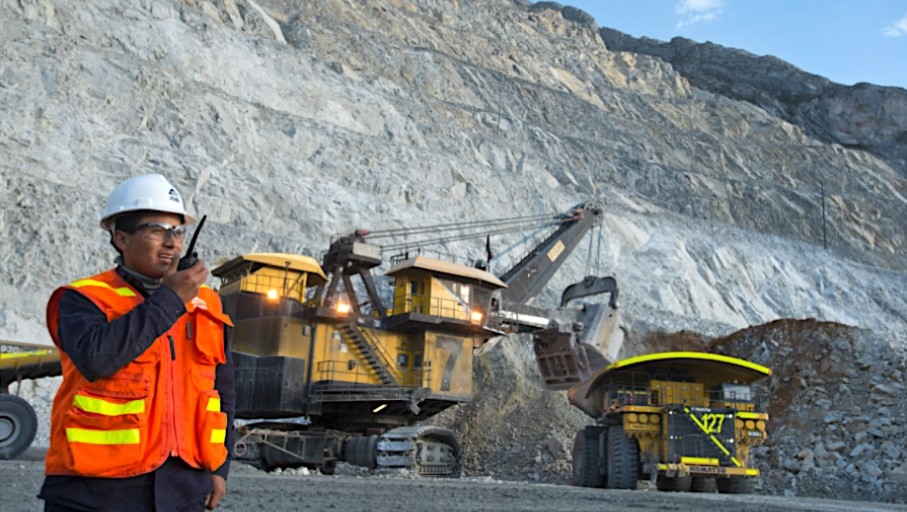
Mining News Pro - Operations at Peru’s Antamina copper-zinc mine, the country’s largest producer of the red metal, were suspended on Sunday due to an ongoing roadblock set by locals who believe the mine has not lived up to its commitments to support local communities.
Protesters are demanding compensation for the use of their land to transport the ore produced by Antamina, which is owned by BHP (33.75%), Glencore (33.75%),Teck Resources (22.75%) and Mitsubishi (10%).
“We don’t want to wait until something happens that puts at risk the physical integrity of anybody. … We think it is necessary for the government and its authorities to act to re-establish order,” the company said in a statement.
The demonstration is the latest in a string of protests against mining companies since President Pedro Castillo took office in July.
The socialist leader swept to power pledging to strike a new deal with the copper mining sector and redistribute profits to Andean communities like those around Antamina, MMG’s Las Bambas and Glencore’s Antapaccay.
The country’s national society of mining, oil and energy, an industry body, said many protesters demand measures to restrict mining in the headwaters of a basin, ignoring that such areas are already protected by the water resources law.
“We see an intolerable violation of the state of law that puts the lives of workers and the population at great risk, as well as well as to public and private property,” executive director Pablo de la Flor said in a statement.
Supply concerns
Before the recent wave of social unrest in the Andean nation, Antamina — located in the country’s northern region of Ancash, at an altitude of about 4,200 metres — was expected to become the world’s fourth largest copper producing mine this year.
The operation’s manager, Víctor Gobitz, said in October that copper output was expected to jump by 11.8% this year to 443,000 tonnes, compared to Chile’s Escondida at 1.13 million tonnes, PT Freeport’s Grasberg mine in Indonesia at 620,300 tonnes, and Chile’s Collahuasi at 600,000 tonnes.
Government figures show Antamina churned out 302,958 tonnes of copper in the January-August period, a 25.6% increase compared to the same period last year. It also paid taxes representing about 4% of the country’s total tax revenue in 2020.
Peru is the world’s second biggest copper producer after neighbouring Chile and a major supplier of silver and zinc.
Social unrest in the nation’s mining areas deepens global concerns around a looming deficit of copper.
According to estimates from CRU Group, the copper industry needs to spend more than $100 billion to close what could be an annual shortage of 4.7 million tonnes by 2030.
What happened to the London Metal Exchange’s copper inventories earlier this month illustrates how tight the market can become.
The LME was caught off guard by a sudden emptying of available copper in its warehouses, which drove inventory levels to their lowest since 1974. Over the past two months, freely available inventories have shrunk by more than 90% in LME-monitored warehouses as orders surged.
Used in everything from construction materials to batteries and engines, copper is both an economic bellwether and a key ingredient in the push toward renewable energies and electric vehicles. If producers fail to address the deficit, prices will keep rising and present a challenge to the world leaders, who are counting on a worldwide energy transition to fight climate change.
Short Link:
https://www.miningnews.ir/En/News/616957
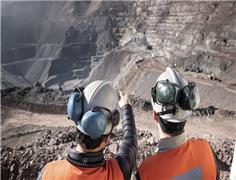
Anglo American Plc said it is has received an unsolicited non-binding combination proposal from BHP Group.
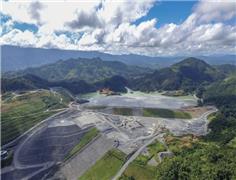
Toronto-listed miner OceanaGold Corp said on Wednesday it will raise 6.08 billion pesos ($106 million) through an ...
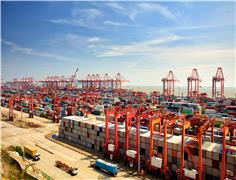
A key measure of Chinese copper demand just sank to zero, another indication that global prices are not balanced with ...
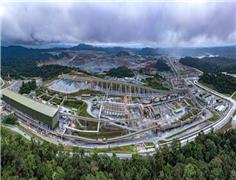
Canadian miner First Quantum Minerals (TSX: FM) believes it will be able to take the already mined 121,000 tonnes of ...
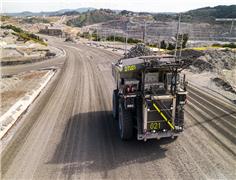
Canadian miner First Quantum Minerals said on Tuesday that it has cut its debt by $1.14 billion in the first quarter.
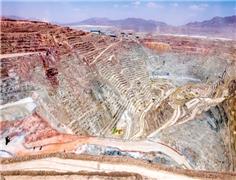
Chile is expected to produce a record 5.8 million metric tons of copper in 2025, the state-run Chilean Copper Commission ...
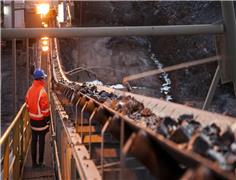
Copper traded near $10,000 a ton, hitting a new two-year high on its way, as investors continue to pile in on a bet that ...
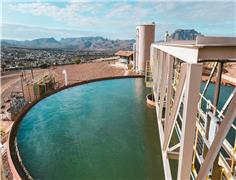
A Native American group has asked all members of a US appeals court on Monday to overturn an earlier ruling that granted ...
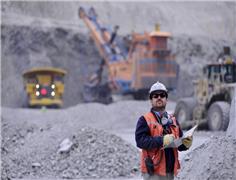
Codelco is exploring more partnerships with the private sector as Chile’s state copper behemoth looks to recover from a ...
No comments have been posted yet ...